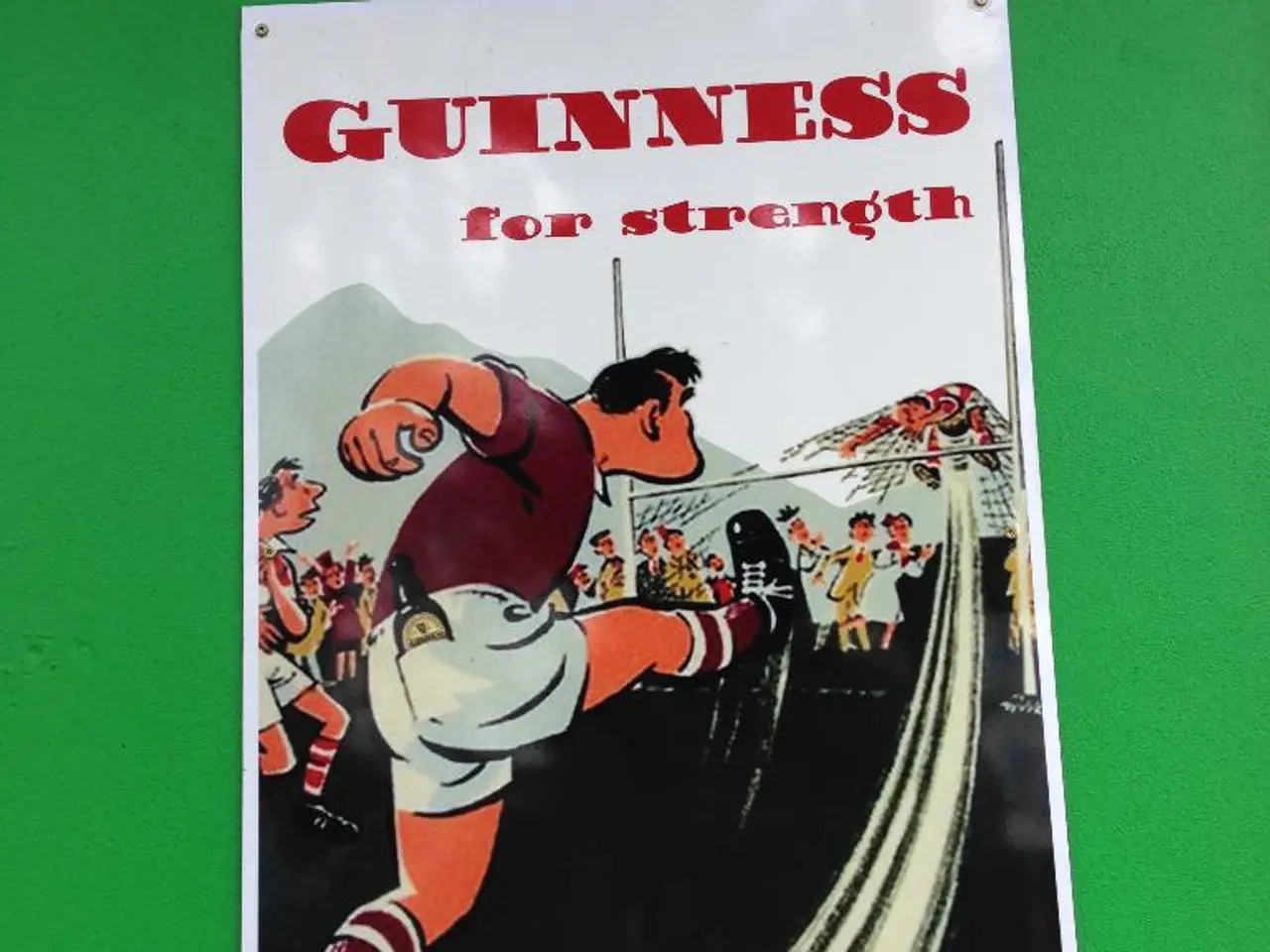People exhibit extraordinary abilities that defy explanation, offering evidence to those who belief that superpowers are genuine.
In the realm of human capabilities, extraordinary feats are being discovered and explained. From the depths of the ocean to the peaks of the highest mountains, certain groups and individuals have adapted to their environments in ways that defy the norm.
The Bajau, a community residing in the Philippines, Malaysia, and Indonesia, have evolved a remarkable trait: a larger spleen to store oxygenated red blood cells. This adaptation allows them to dive underwater for extended periods, reaching depths of 230 feet and staying submerged for up to 13 minutes [1]. Scientists have found that the Bajau have evolved a genetic advantage to use oxygen more efficiently [2].
Similarly, the Sherpa people of Nepal, who have lived for more than 6,000 years at high altitudes, have developed several genetic mutations that allow them to maintain low levels of red blood cells while using oxygen more efficiently [3]. These genetic mutations enable them to adapt to the thin air at altitudes averaging 14,000 feet above sea level, where there's about 40 percent less oxygen than at sea level.
Meanwhile, in the world of memory, researchers are uncovering ways to enhance our cognitive abilities. According to a study in the journal Neuron, average people can significantly improve their memories with just six weeks of training [4]. Mental athletes can memorize the order of a deck of cards in 20 seconds or the names and faces of a couple hundred strangers in a matter of minutes [5].
Researchers have identified several scientifically proven methods to improve memory. Engaging in mental exercises like crossword puzzles, Sudoku, and memory games, maintaining a healthy diet low in added sugars and rich in omega-3 fatty acids, getting adequate quality sleep, and spending time in natural environments are all effective strategies [6].
Visualization techniques and mnemonic "chunking" methods are also useful for improving retention and recall of information [7]. Moderate physical exercise, maintaining a healthy weight, and managing stress through practices like yoga or tai chi further support cognitive functions related to memory [8].
Intriguingly, some individuals exhibit superhuman abilities that go beyond genetic adaptations. Alex Honnold, a world-famous climber, has a brain that shows little activity in the amygggdala, a brain region linked to fear, when shown graphic images that typically trigger intense activity [9]. Bob Munden, a legendary gunslinger, could draw and accurately fire his gun in less than a tenth of a second, faster than the average human brain's reaction time [10].
Scientists are still working to understand how the central nervous system helps people plan and execute complex movements unconsciously. They are also learning about the superhuman abilities of people like Alex Honnold and the Sherpa people, finding that while our genes grant some of us an edge, most of us hold untapped potential [11].
As research continues, we are uncovering the secrets of these superhuman abilities and learning how to harness them for our own benefit. Whether it's diving to great depths, scaling the tallest mountains, or improving our memories, the future holds exciting possibilities for human potential.
References: 1. Bajau people's diving abilities 2. Bajau's genetic advantage 3. Sherpa's genetic adaptations 4. Improving memory with training 5. Memory feats of mental athletes 6. Evidence-based memory improvement strategies 7. Visualization and mnemonic techniques 8. Physical exercise and memory 9. Alex Honnold's fearless brain 10. Bob Munden's quick draw 11. Human potential and superhuman abilities
- Remarkable adaptations, such as the larger spleens of the Bajau for diving underwater, demonstrate the extraordinary resilience of the human body when it comes to adapting to different environments.
- The health benefits of travel are evident, as seen in the Sherpa people's increased ability to efficiently use oxygen at high altitudes, attributable to their unique genetic make-up.
- Adventure sports, like climbing, require a high level of fitness-and-exercise and mental fortitude, as shown by Alex Honnold's ability to perform complex movements with seemingly no fear, with his brain showing reduced activity in the amyggdala.
- Investment in personal health-and-wellness matters, as proven by research showing that mental athletes can significantly improve their memories through focused training and cognitive exercises.
- The science of memory continues to unveil solutions for enhancing our cognitive abilities, offering a combination of mental workouts, healthy eating habits, quality sleep, and spending time in natural environments to boost memory effectiveness.





